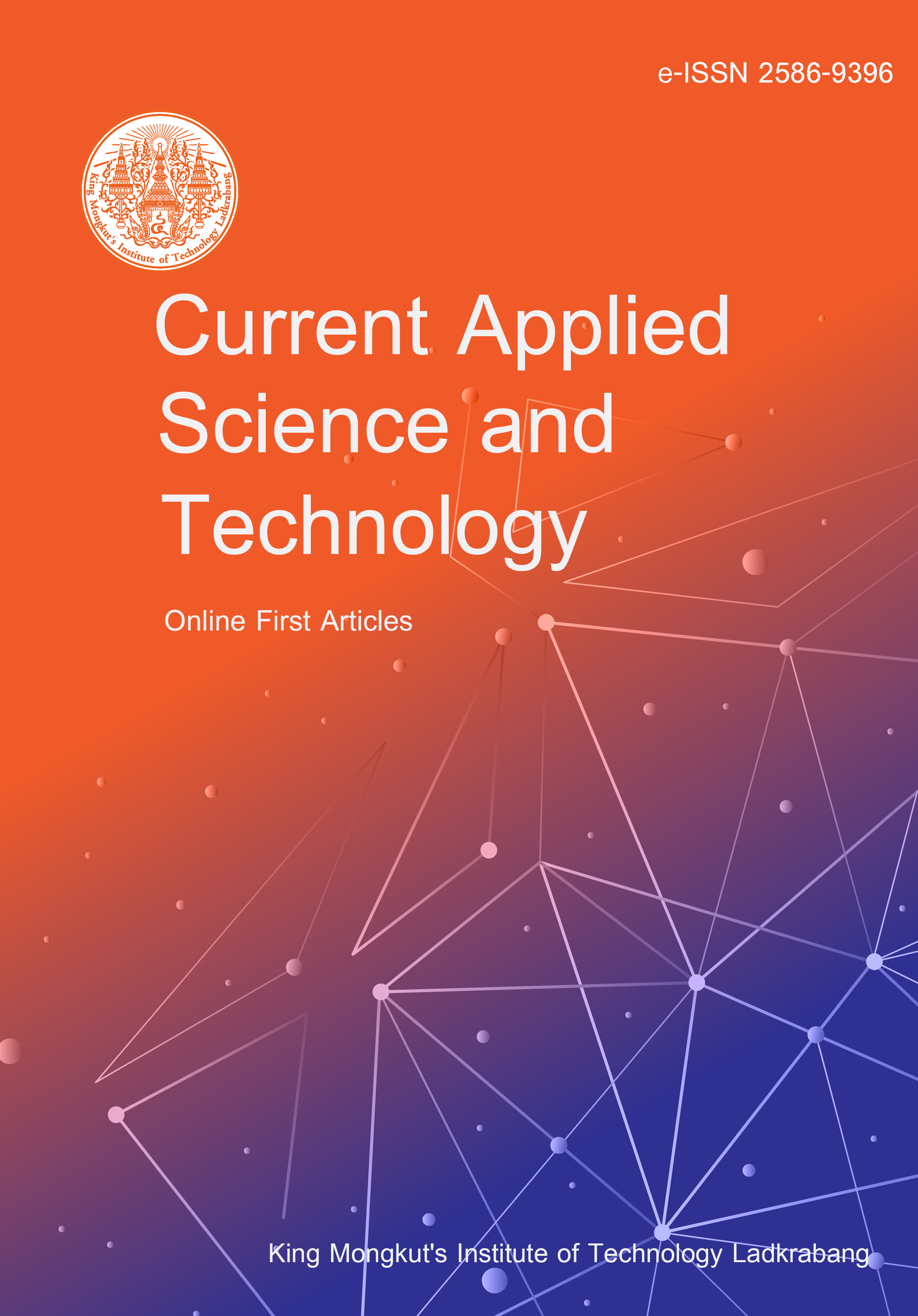Bacterial cellulose (BC) is a non-toxic, high-purity, and biocompatible polymer that is abundant in various bacteria and does not contain lignin, hemicellulose and pectin found in plant cellulose. High concentrations of carbon sources can limit yields of BC. One potential solution to enhance BC production is the use of elicitors like plant extracts; however, the use of plant extracts such as Aloe vera leaf extract remains limited. Therefore, the current study aimed to investigate the effects of Aloe vera leaves on BC properties, glucose consumption, and synthesis rate by Komagataeibacter xylinus to increase BC volumetric production. Aloe vera extract was incorporated into the culture medium (given the conditions used), and BC was analyzed after 5 to 7 days of fermentation. The fermentation process at 30°C showed that increasing Aloe vera extract volume to 30% (v/v) improved glucose consumption, resulting in 3.35 g/L of BC accumulated in culture flasks. Adding different amounts of Aloe vera leaf extracts to the bacteria culture altered the morphology of the BC film and trapped Aloe vera extract inside the BC fibers. The treatment with 30% (v/v) Aloe vera leaf extract also resulted in a less homogeneous Aloe-BC morphological surface structure. The X-ray diffractometer (XRD) crystallinity index of control BC improved from 83.70% to 93.70% compared to the 30% Aloe-BC. According to the IR spectral analysis, the presence of amine groups in dried BC samples is confirmed by the detected absorption in the 1536-1635 cm⁻¹ range, which indicates N–H bending vibrations. In conclusion, including Aloe vera leaf increased glucose intake, enhanced BC biomass, and altered the shape of the BC.
Ismail, N. ., Roslan, N. F. ., Murugam, V. A. ., Nasyhin, N. A. ., Ruzelan, N. N. ., Aziz, W. S. W. A. ., Ahmad, A. ., & Adnan, A. . (2025). Effects of Incorporation of Aloe vera Leaf Extract on the Synthesis and Characteristics of Bacterial Cellulose Produced by Komagataeibacter xylinus. CURRENT APPLIED SCIENCE AND TECHNOLOGY, e0264490. https://doi.org/10.55003/cast.2025.264490

